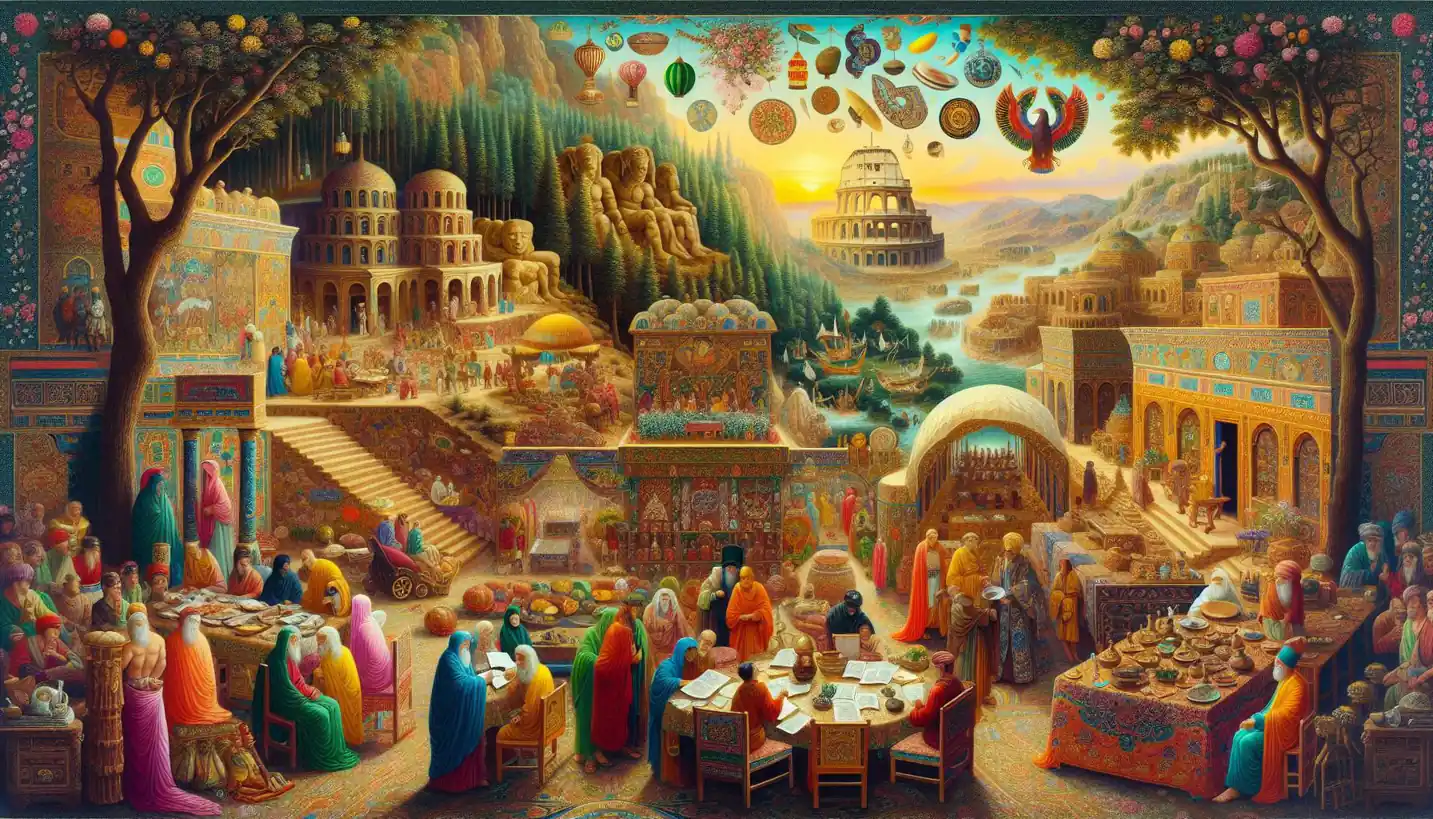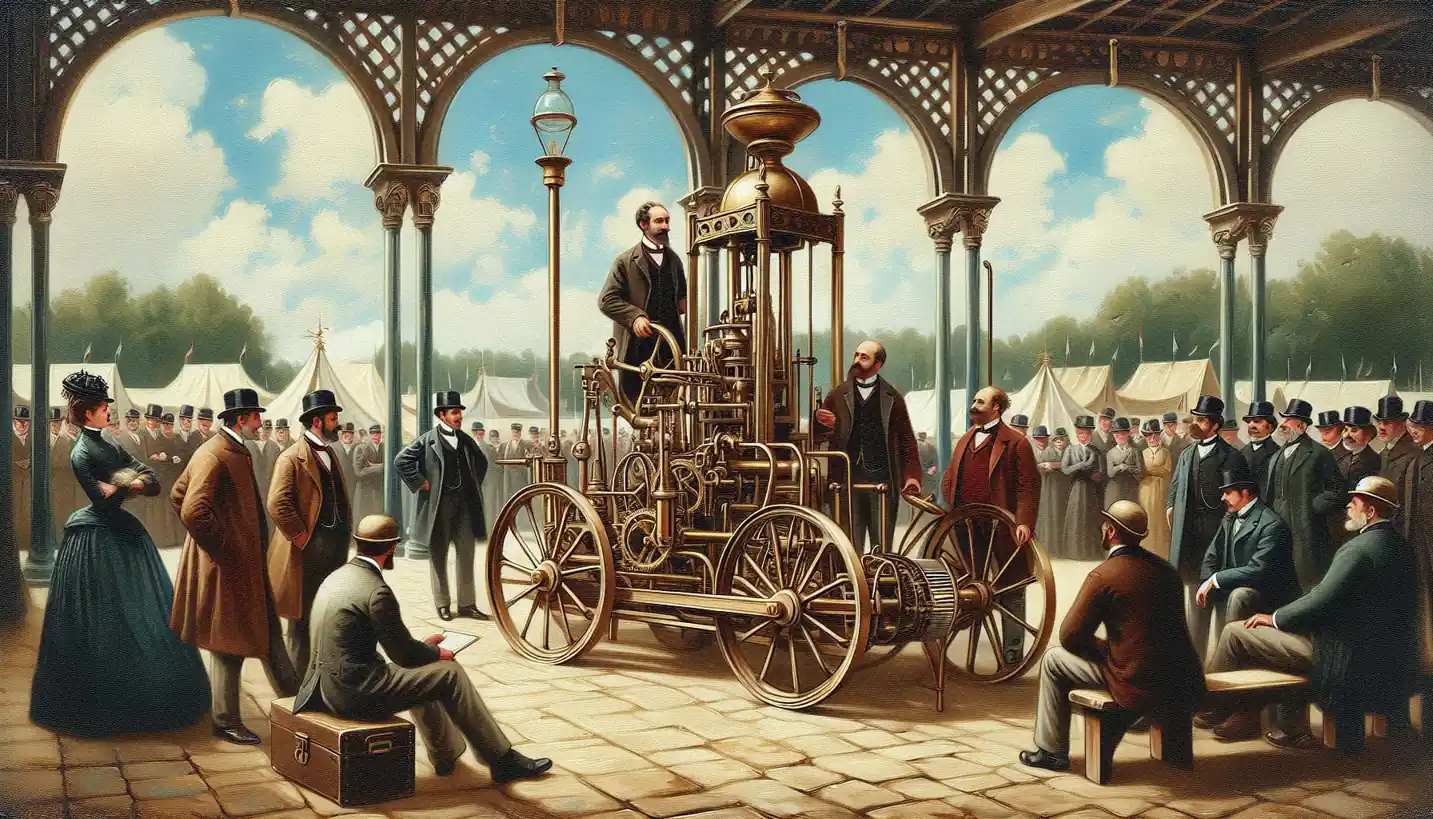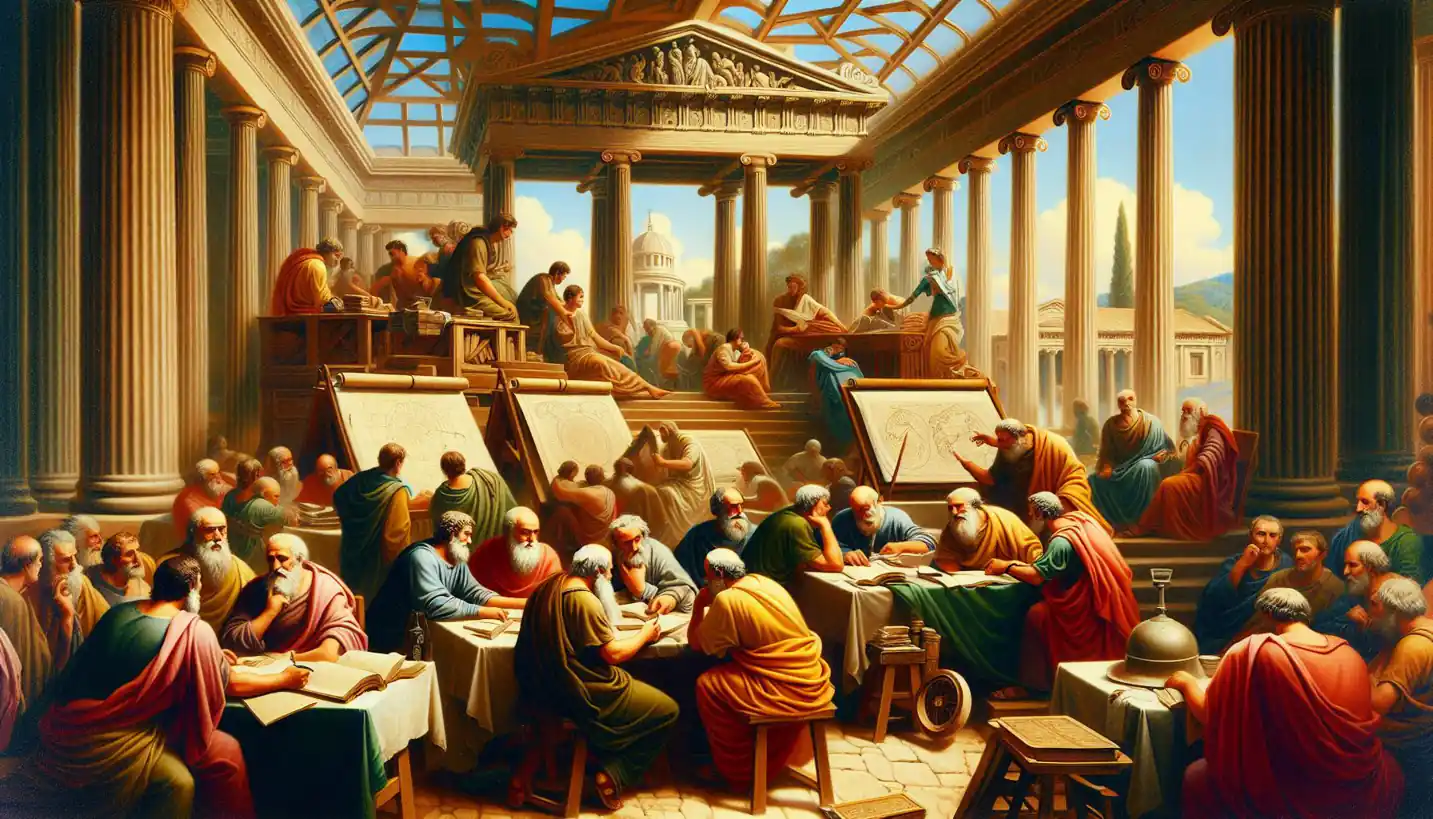· History · 5 min read
Push and Pull Factors: The Forces Behind Migration Waves
Push and pull factors are the forces shaping migration waves. These influences explain why people leave their homes in search of new beginnings.

Throughout history, humans have moved across the globe in search of better lives. This movement, or migration, is driven by a mix of push and pull factors. But what exactly are these factors, and how have they shaped our world?
Migration has always been a part of human life. From ancient nomadic tribes to families seeking opportunities in new lands, moving to different places is often a matter of survival, ambition, or both. But behind each decision to move lies a complex blend of reasons, categorized broadly into “push” and “pull” factors. Imagine these as forces pushing people away from their current homes and pulling them towards new destinations.
Understanding Push Factors
Push factors are the reasons that compel people to leave their homes. Picture a storm forcing ships to seek safer shores. In the same way, push factors create conditions of hardship or danger that make staying unbearable.
Some of the most common push factors include:
Economic Hardship: Picture a farm where crops have failed year after year. Such economic challenges lead families to seek better prospects elsewhere. In history, economic downturns have often spurred mass migrations. For instance, during the Great Depression, many Americans moved west in search of jobs and stability.
Political Instability: Governments can be unpredictable, and political turmoil often forces people to flee. Wars, dictatorships, and civil unrest create dangerous environments. One poignant example is the movement of Syrian refugees escaping war and violence in their home country.
Natural Disasters: Earthquakes, floods, and hurricanes can devastate communities, making them unlivable. In the aftermath of such events, people often relocate to safer areas, seeking stability and safety.
Social Issues: Discrimination and persecution based on race, religion, or ethnicity push people to seek places where they can live freely. History is full of stories, like the Jewish diaspora fleeing persecution throughout Europe.
Exploring Pull Factors
On the flip side, pull factors attract individuals to new areas. Think of them as bright lights at the end of a tunnel drawing people forward.
Some of the most powerful pull factors include:
Economic Opportunities: The promise of a better job, higher wages, or the chance to own land can be incredibly enticing. The Gold Rush of the 19th century saw thousands flocking to California, lured by the prospect of wealth.
Political Freedom: Countries that offer stability and democratic rights attract those fleeing oppressive regimes. The United States, known for its freedoms and rights, has long been a beacon for those seeking better governance.
Environmental Appeal: Some people are drawn to areas with more favorable climates or beautiful landscapes. This type of migration often leads to the development of bustling tourist hotspots.
Educational Opportunities: Access to quality education can be a significant pull factor, with families relocating so their children can attend better schools or universities.
Historical Context of Migration
Throughout history, migration patterns paint a vivid picture of push and pull factors. The ancient Bantu migrations across Africa, for example, were influenced by both agricultural opportunities and the pursuit of new resources. Later, the transatlantic migration wave saw millions from Europe seeking new lives in the Americas, driven by both economic hardships and the promise of a fresh start.
During the Industrial Revolution, cities swelled as rural populations moved in for factory jobs and better living conditions. In contrast, more recent migrations often focus on escaping wars or environmental issues.
The Complexity of Modern Migration
Today’s migration is more complex, influenced by global politics, technology, and climate change. Push factors like severe poverty in some regions create a steady flow of people seeking employment and stability elsewhere. Simultaneously, countries with booming economies and welcoming policies act as big magnets.
However, migration is not without its challenges. Countries may impose strict immigration policies, leading to tensions and debates about resources and cultural integration. This complexity adds another layer to the already rich tapestry of human movement.
Looking to the Future
What does the future hold for migration? In a world ever-changing with technological advancements and climate challenges, understanding push and pull factors is more crucial than ever. For instance, with rising global temperatures, climate change could become a major push factor, leading to mass relocations from vulnerable coastal areas.
As we move forward, sparking curiosity about these movements will help us create better policies and foster empathy towards those seeking new lives. Open-ended questions about how countries can balance their borders with humanitarian needs will shape the future discourse on migration.
Understanding the forces of migration not only gives us insight into current events but also helps us appreciate the complex histories that have shaped our societies. It’s a dance of pushing winds and pulling tides, continually redefining the way we live on this planet.
In the end, migration is as much about where we come from as it is about where we are going—driven by hopes, dreams, and sometimes desperation. The interplay of push and pull factors tells a story as old as humanity itself, one that continues to evolve with each passing day.


